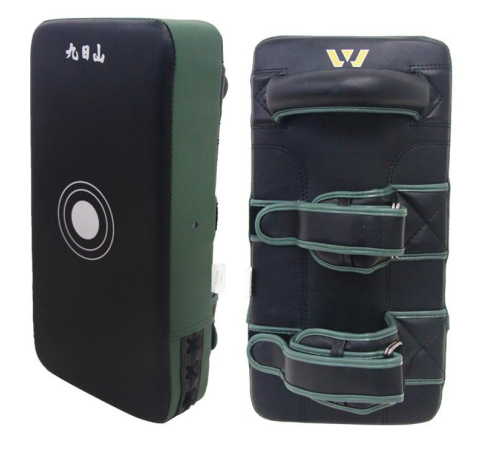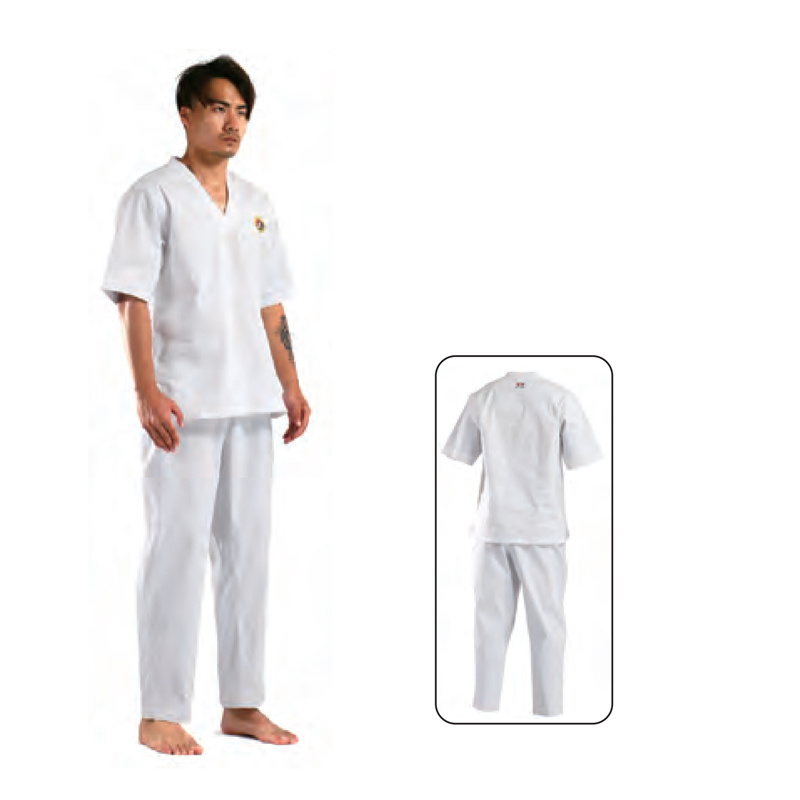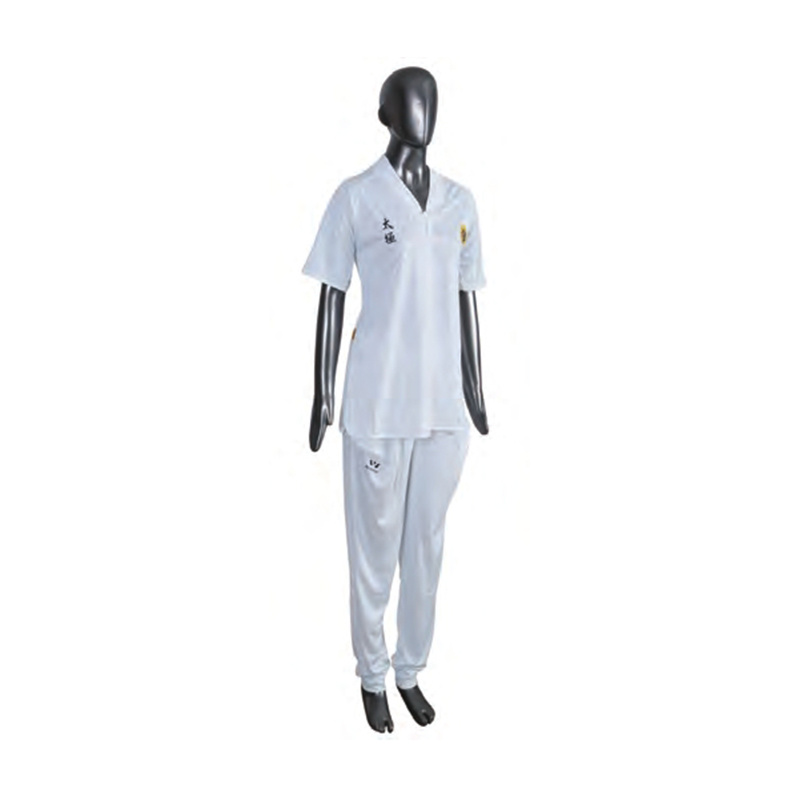Military police protective trainin
Simulation of a large platform air separation integrated system
Category:
A leading enterprise integrating R&D, production, sales, and on-site construction of sports competition equipment, training field equipment, military and police training fields, and intelligent evaluation equipment and materials.
Keywords:
Simulation of a large platform air separation integrated system
Product details
(I) System Functions
1. Build a realistic simulated off-aircraft training environment, capable of single-lane “1” shaped off-aircraft and dual-lane “ Z ” shaped off-aircraft Simulated training ;
2. Tailgate off-aircraft interval training, simulated parachute opening and landing training can be carried out, and individual and group training can be flexibly carried out Multiple projects;
① Trainees enter the simulated cabin from the ladder in turn;
② Trainees in turn will carry their own gliders into the track, line up, and wait for orders;
③ Trainees After receiving the instructions jump out of the cabin one by one, maintain the off-aircraft posture, and freely fall onto the conveyor belt;
④ Trainees After landing, move forward with the conveyor belt, glider slides on the slide;
⑤Trainees move to the tail of the conveyor belt, free fall, the rope is straightened instantly, simulating the parachute opening experience, and continue to slide 3-5 seconds landing, the sliding speed at the landing point is about 4.5 meters / per second (± 1 meters / seconds) ;
⑥ After the trainee lands according to the sliding speed, quickly drag the glider forward run, run to the end of the track, take out the glider, and then return to the ladder to prepare for the next training.
3. Off-aircraft interval time digital evaluation.
(II) Performance Indicators
Overall project dimensions: Total length approximately 45 meters (± 1 meters) (excluding platform ladder size), width approximately 4 meters (± 0.5 meters).
1. Large aircraft simulated cabin
Consists of cabin, seats, release guardrails and signal lights. The cabin is fixed on the air cabin support platform, strong, solid, safe and secure. A fan is added to the rear of the cabin to simulate environmental equipment and simulate the actual environment of air feeling.
( 1 )The cabin body part adopts a transparent material that is convenient for training observation. Among them, the top adopts sunscreen and anti-corrosion material (color reference is used 20 ), The side part adopts transparent material, and the coverage area on both sides is not less than 80%, The overall appearance is harmonious, the length of the cabin bottom 12 meters (± 0.5 meters), the top length 14.5 meters (± 0.5 meters), the bottom width 3 meters (± 0.2 meters), height 3.4 meters (± 0.2 meters), side door width 1.1 meters (± 0.1 meters), height 2 meters (± 0.1 meters);
( 2 ) Seats: Located on both sides of the simulated cabin (each side 12 ,total 24 individual ),can be folded and stowed ;
( 3 ) Release guardrail: Located in the center of the simulated cabin entrance, the specific size meets the training and safety standards, so that the commander can correct the trainees here training movements, grasp interval jump time;
( 4 )Signal lights ( Including voice broadcast device ) :Two sets of signal lights are set on both sides of the tail, each set has red, yellow and green 2 lights, 3 used to prompt different signals Cabin support platform 。
2. )The platform adopts a steel frame structure, the height is determined according to the training needs and facility structure, and the plane size is determined according to the simulated cabin placement needs and facility structure needs,
( 1 The load-bearing capacity is not less than kilograms; 6500 )The platform basic construction design follows national standards
( 2 (Our company provides drawings issued by a qualified design institute); Steel frame material: The platform steel frame materials are all selected from national standard profiles or special steel frame profiles,
( 3 ) to meet the load-bearing capacity of more than kilograms to design the structure and material specifications; 6500千克的承重来设计结构和材料的规格型号;
( 4 ) Boarding ladder: The boarding ladder is designed to be mobile and easy to use. ,width 1.2 meters (± 0.1 meters), the depth of each step is 0.28 meters (± 0.05 meters), and the step spacing is 0.22 meters (± 0.02 meters);
( 5 ) Guardrail: The ladder and platform are equipped with necessary safety guardrails, with a height greater than 1.05 meters. The railings are made of strong, durable materials and can withstand the horizontal load specified in the load specifications.
3. Slide system
The slide system consists of a slider ( 12 units), sliding track, and support frame and other components .
( 1 ) Slider: The slider consists of a rolling part and a suspension part. The rolling part is inserted into the track, and the rolling wheel contacts the track. The suspension part is connected to the trainee's safety harness.
The slider is required to be strong and lightweight, with a carrying load greater than 850 kilograms, The slider uses a four-wheel (with built-in bearings) structure to ensure smooth sliding on the sliding track without any obstacles. After reaching the landing point, the slider can automatically disengage, separating the trainee from the slider to prevent personnel collisions. It can also be disengaged at any position according to training needs. 。
( 2 ) Sliding track: The sliding track uses carbon steel material. The track structure uses I-beams, " H " steel or other special steel. The sliding track is fixed to the track support frame. The error at the joint of each section of the track from the aircraft to the track tail is -1.5 to +0.5 , and the sliding track can carry 600 kilograms of dynamic load. The distance between the left and right tracks is greater than 1.7 meters, and the horizontal distance between the track and the column is greater than 0.8 meters, The total length of a single track is approximately 39 meters (± 0.5 meters (including the track extending into the cabin);
( 3 ) Track support frame: The track support frame is a steel frame structure with a load capacity greater than that of the sliding track, and it can withstand the horizontal load specified in the load specifications (using necessary soft packaging and other safety protections). The columns use national standard round steel pipes or square steel pipes. The horizontal distance between the front and rear columns is less than 4 meters. The crossbar is selected according to the track connection requirements, mainly using I-beams or " H " steel.
4. Belt conveyor system
The belt conveyor system consists of a belt conveyor, power distribution system, and control system. The belt conveyor is installed at the rear of the cabin, installation height lower than the support platform 0.3 meters, and extends into the platform 0.5-0.8 meters.
( 1 ) Belt conveyor: One belt conveyor is installed on each side after the tail of the machine exits the cabin. The length of the belt conveyor (distance between the centers of the rollers) is 10 meters (± 0.3 meters), and the width of a single belt conveyor is 1.2 meters (± 0.1 meters). The belt strength matches the training description requirements, with resistance to the impact of the trainee leaving the aircraft. The power of a single belt conveyor is determined according to the above training description and geometric dimensions.
The two belts are installed parallel to each other, with consistent speeds and synchronous operation. The motor uses frequency conversion control and uses 220V (or 380V ) AC voltage, The operating speed of the belt conveyor is frequency-adjustable within 0-2.5 meters.
Along the direction of the belt, each belt conveyor is equipped with transparent safety guard plates with a height of no less than 0.4 meters on both sides, The belt surface is bonded with 0.15 meters (± 0.02 meters) thick high-density ( 30D and above) sponge to protect the safety of the trainee when leaving the aircraft;
( 2 ) Body protection: The belt conveyor is designed with protection. When not in use, it prevents the belt conveyor from being affected by wind, dust, rain, snow, and sun, maintaining its integrity (when not in use, it can be moved to the lower part of the cabin and protected). ) ; A 100cm*200cm*30cm (±1cm) protective pad is laid on the ground at the tail of the belt conveyor.
( 3 ) Power distribution system : The belt conveyor is equipped with a distribution box, and the configuration of the distribution box matches the power used, including but not limited to circuit breakers, current transformers, air switches with leakage protection, and other necessary electrical components that meet quality requirements;
( 4 ) Control system: The belt conveyor control system mainly realizes the synchronous operation of the drive motor and emergency shutdown in case of training failure. Emergency shutdown devices are installed in the central control center (where the guardrail is placed) and on the side of the conveyor belt, adjusting the frequency conversion operation of the belt conveyor. The central control center can display the operating status of the belt conveyor, etc.;
5. Training effect monitoring system
( 1 ) Monitor the time and interval of the trainee leaving the aircraft (the detection device has millisecond-level function). It can accurately report at the end of the training; the belt conveyor can be stopped in an emergency during training.
( 2 The monitoring device uses an infrared reader for data acquisition, PLC processing and control;
( 3 Training time description
①Trainees are divided into two columns, left and right, and take turns passing through the detection point during training (following the order of left 1 →right 1 →left 2 →right 2 …);
②Each training session must include at least 24 people. At the end of the training, the screen will display and the system will record and voice broadcast the total time taken for all personnel to leave the machine;
③At the end of the training, the screen will display and the system will automatically record and voice broadcast the personnel who took less than 0.2 seconds to pass through the detection point compared to adjacent personnel on the left and right.
( 4 Monitoring data application
By recording, collecting, and saving relevant training data, it effectively evaluates the trainees’ training effectiveness and provides guidance for training.
Inquire now
If you are interested in our products, please leave your email address, and we will contact you as soon as possible, thank you!


Address:
Binjiang Industrial Park, Xiamei Town, Nan'an City, Fujian Province









